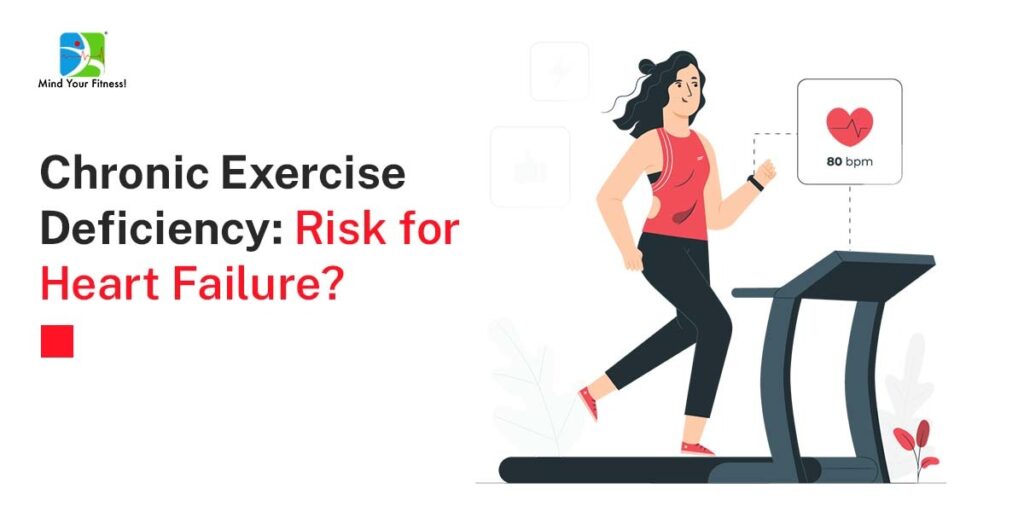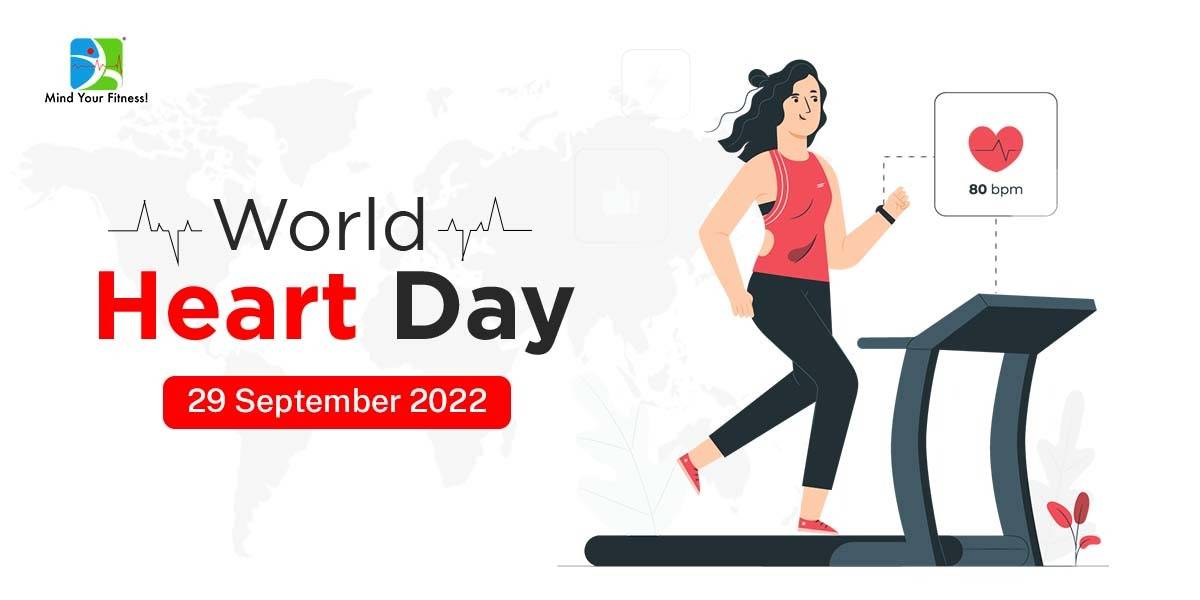
Heart failure (HF) known as congestive heart failure occurs when the heart muscle does not pump blood as well as it should. When this happens, blood often backs up and fluid can build up in the lungs, causing shortness of breath.
The burden of HF in India appears high, and estimates of prevalence range from 1.3 million to 4.6 million, with an annual incidence of 491 600–1.8 million.
Exercise is seen as a diagnostic and prognostic tool as well as a therapeutic intervention in chronic HF.
Several epidemiological studies have consistently reported inverse associations between cardiorespiratory fitness and risk of cardiovascular disease and mortality.
We can give a statin to lower cholesterol. We can give an antihypertensive to lower blood pressure. But when we prescribe exercise, we impact patients’ weight, their blood pressure, their cholesterol, their weight, their sense of well-being, which can be targeted together.
Lately, chronic lack of exercise also called “exercise deficiency” is very common due to a more sedentary lifestyle.
The key is getting our patients to meet the guidelines: 150 to 300 minutes of moderate intensity exercise per week, or 75 to 250 minutes of vigorous activity per week.
Exercise as a preventive tool in Heart Failure with preserved ejection fraction (HFpEF)
Chronic lack of exercise is associated with cardiac atrophy, reduced cardiac output and chamber size, and diminished cardiorespiratory fitness (CRF) in some patients with heart failure with preserved ejection fraction.
Researchers have observed:
- There is a strong association between physical activity and both CRF and heart function.
- Exercise deficiency is a major risk factor for HFpEF in a subset of patients. Another subset has a normal heart, except it’s small because it’s been under-exercised.
- Increasing physical activity is associated with greater cardiac mass, stroke volumes, cardiac output, and peak oxygen consumption.
- Physical inactivity leads to loss of heart muscle, reduced output and chamber size, and less ability to improve cardiac performance with exercise.
- Ageing results in a smaller, stiffer heart; however, this effect is mitigated by regular exercise.
- Individuals who are sedentary throughout life cannot attenuate age-related reductions in heart size and have increasing chamber stiffness.
- Exercise deficiency also sets the stage for comorbidities such as obesity, diabetes, and high blood pressure, all of which can ultimately lead to HFpEF.
A small heart has a small stroke volume. A patient with a small heart with a maximal stroke volume of 60 mL can generate a cardiac output of 9 L/min at a heart rate of 150 beats/min during exercise which is an insufficient output. It’s like trying to drive a truck with a 50cc motorbike engine.
Therefore, increasing the physical activity levels of these high risk sedentary individuals could be an effective preventive strategy, particularly those who are younger and middle-aged.
Therefore, we believe that the current evidence supports recommendations for regular exercise and maintaining physical activity in the early 30’s in order to prevent HF in the general population.
Reference:
- Djoussé L, Driver JA, Gaziano JM. Relation between modifiable lifestyle factors and lifetime risk of heart failure. JAMA. 2009;302:394–400. [PMC free article] [PubMed] [Google Scholar]
2. Young DR, Reynolds K, Sidell M, et al. Effects of physical activity and sedentary time on the risk of heart failure. Circulation. Heart failure. 2014;7:21–27. [PubMed] [Google Scholar] A large cohort study.
~Dr Anuja Mhatre Jathar, Cardiac Rehab Physiotherapist.





